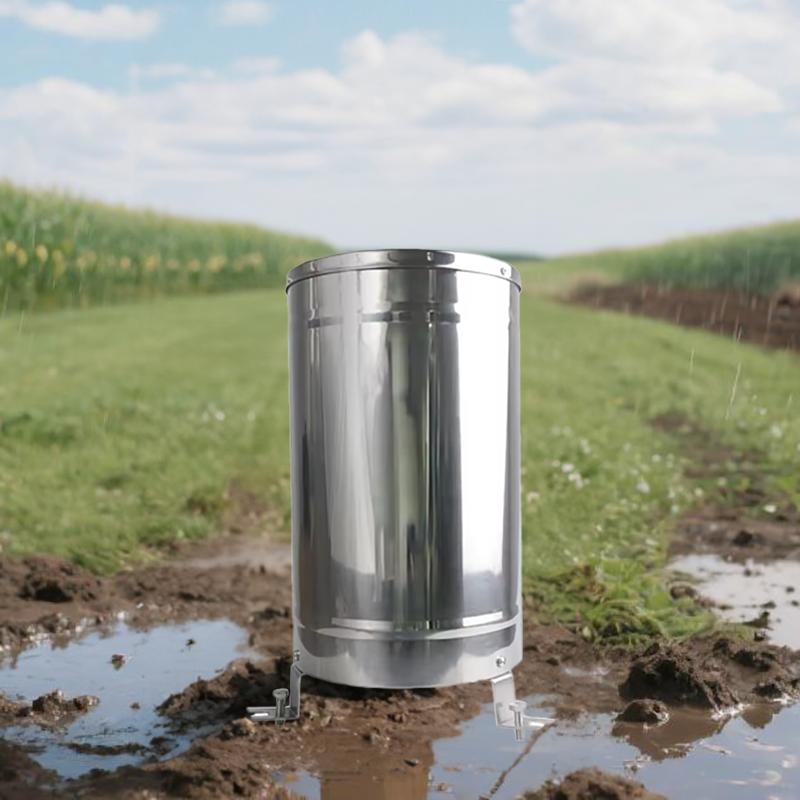Introduction
Indonesia has abundant water resources; however, the challenges of climate change and intensified urbanization have made water resource management increasingly difficult, leading to issues such as flash floods, inefficient agricultural irrigation, and pressure on urban drainage systems. To address these challenges, water monitoring stations widely implement rain gauge monitoring technology to accurately grasp rainfall conditions and improve water resource management. This article will explore the specific applications of rain gauges in flash flood monitoring, agricultural management, and the development of smart citie.
I. Flash Flood Monitoring
Flash floods are a common natural disaster in the mountainous regions of Indonesia, posing serious threats to lives and property. To ensure safety, water monitoring stations utilize rain gauges to monitor rainfall in real-time and issue timely flash flood warnings.
Case Study: West Java Province
In West Java, multiple rain gauges have been set up in key areas to monitor rainfall in real-time. When rainfall reaches a predefined warning threshold, the monitoring station sends alerts to residents via SMS and social media. For example, during a heavy rain event in 2019, the monitoring station detected a rapid increase in rainfall and issued a timely warning, helping villages avoid the damages caused by flash floods.
II. Agricultural Management
The application of rain gauges also enables more scientific irrigation in agriculture, allowing farmers to schedule irrigation based on rainfall data.
Case Study: Rice Farming in Java Island
In Java Island, agricultural cooperatives commonly use rain gauges for rainfall monitoring. Farmers adjust their irrigation plans based on this data to prevent both under-irrigation and over-irrigation. In 2021, by utilizing rainfall monitoring, farmers optimized their water management during critical growth stages, resulting in a 20% increase in crop yield compared to previous years, and improving irrigation efficiency by 25%.
III. Smart City Development
In the context of smart city initiatives, effective water resource management is crucial. Rain gauge monitoring technology enhances overall efficiency in managing urban water resources.
Case Study: Jakarta
Jakarta faces frequent flood challenges, prompting the local government to integrate rain gauge monitoring systems into major drainage channels to monitor rainfall and drainage flow in real-time. When rainfall exceeds set limits, the system automatically issues alerts to the relevant authorities, prompting emergency measures. For instance, during a heavy rain event in 2022, the monitoring data enabled the local government to promptly deploy drainage equipment, significantly reducing the adverse impacts of flooding on residents.
Conclusion
Rain gauge monitoring technology plays a significant role in flash flood monitoring, agricultural management, and smart city development in Indonesia. By providing real-time rainfall data, relevant authorities can implement more effective water resource management and disaster response strategies. Moving forward, enhancing the availability of rain gauge monitoring devices and improving data analysis capabilities will further strengthen Indonesia’s ability to manage water resources in the context of climate change and promote sustainable development.
Complete set of servers and software wireless module, supports RS485 GPRS /4g/WIFI/LORA/LORAWAN
For more rain sensor information,
please contact Honde Technology Co., LTD.
Email: info@hondetech.com
Company website: www.hondetechco.com
Tel: +86-15210548582
Post time: Aug-07-2025


